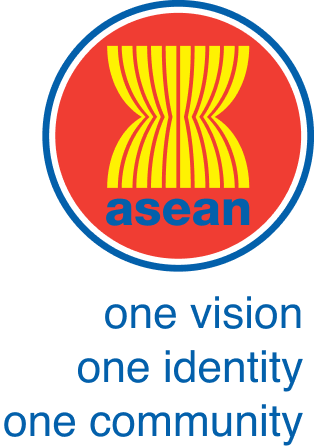



Transboundary tropical cyclones have severe impact in Southeast Asia, affecting key sectors including agriculture. This impact could be further exacerbated by climate change, which leads to increasing wind speeds in future transboundary tropical cyclones.
The study entitled "Transboundary Disaster Risk Assessment and Scenario Planning for Tropical Cyclone and Droughts in the ASEAN Region" and published in 2024, modeled transboundary risk scenarios for three ASEAN Member States, namely Cambodia, the Philippines, and Viet Nam, assessing the potential impact of tropical cyclones and droughts. It is forecasted that up to 182,000 residential houses in the three countries could be damaged by tropical cyclones in 2050. This figure is around a 60 per cent increase from the current estimate of 114,000 houses damaged annually.
The study also predicted that the three countries will be unevenly affected. The Philippines, for instance is the most affected by tropical cyclones, while Cambodia and Viet Nam are expected to experience the largest risk increase under the future climate scenarios. Particularly, coastal provinces in the north and central Viet Nam are expected to experience larger increase in forecasted annual losses.
Droughts are also forecasted to occur more frequently and severely in the ASEAN region due to the variability of rainfall influenced by climate change. The study found that among the three focus countries, the probability of drought is projected to increase by 60-80 per cent in the future. Cambodia is most likely to be hit hardest by future drought and in a worst-case scenario, with a 46% increased probability of drought in the dry season by 2080. The northern and central parts of Cambodia may experience a higher number of drought events compared to other parts of the country.
The study shows that croplands and rice plantation areas are likely to face severe and extreme drought in the future. Under a moderate climate change scenario, 89% of Cambodia’s croplands could potentially face extreme drought, while in Viet Nam, 63% of the country’s rice paddy field area is likely to be affected by severe drought. For the Philippines, most of the cropland areas are likely to endure extreme drought in the future. This is in addition to the risk posed by severe winds and floodings brought by the tropical cyclone, which affect crops like rice and corn.
The results also show that drought will affect a large area spanning multiple countries in the ASEAN region, extending from Cambodia to southern Viet Nam and covering the Mekong Delta. As a result, drought is more likely to create a transboundary effect among these countries that share common water resources from the Mekong River. Furthermore, the study highlights the need for enhanced risk assessment and scenario planning by including sex, age, and disability disaggregated data.


